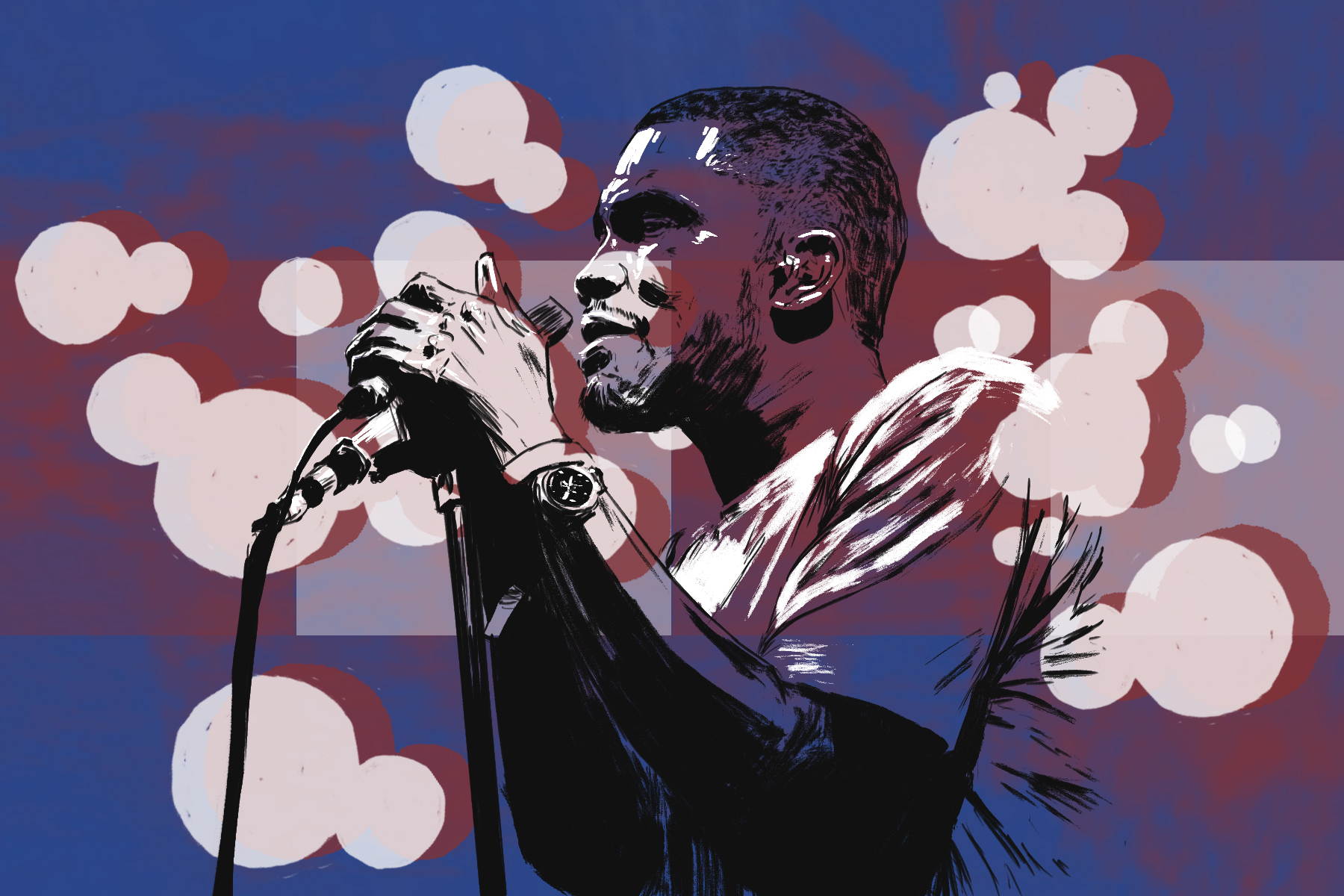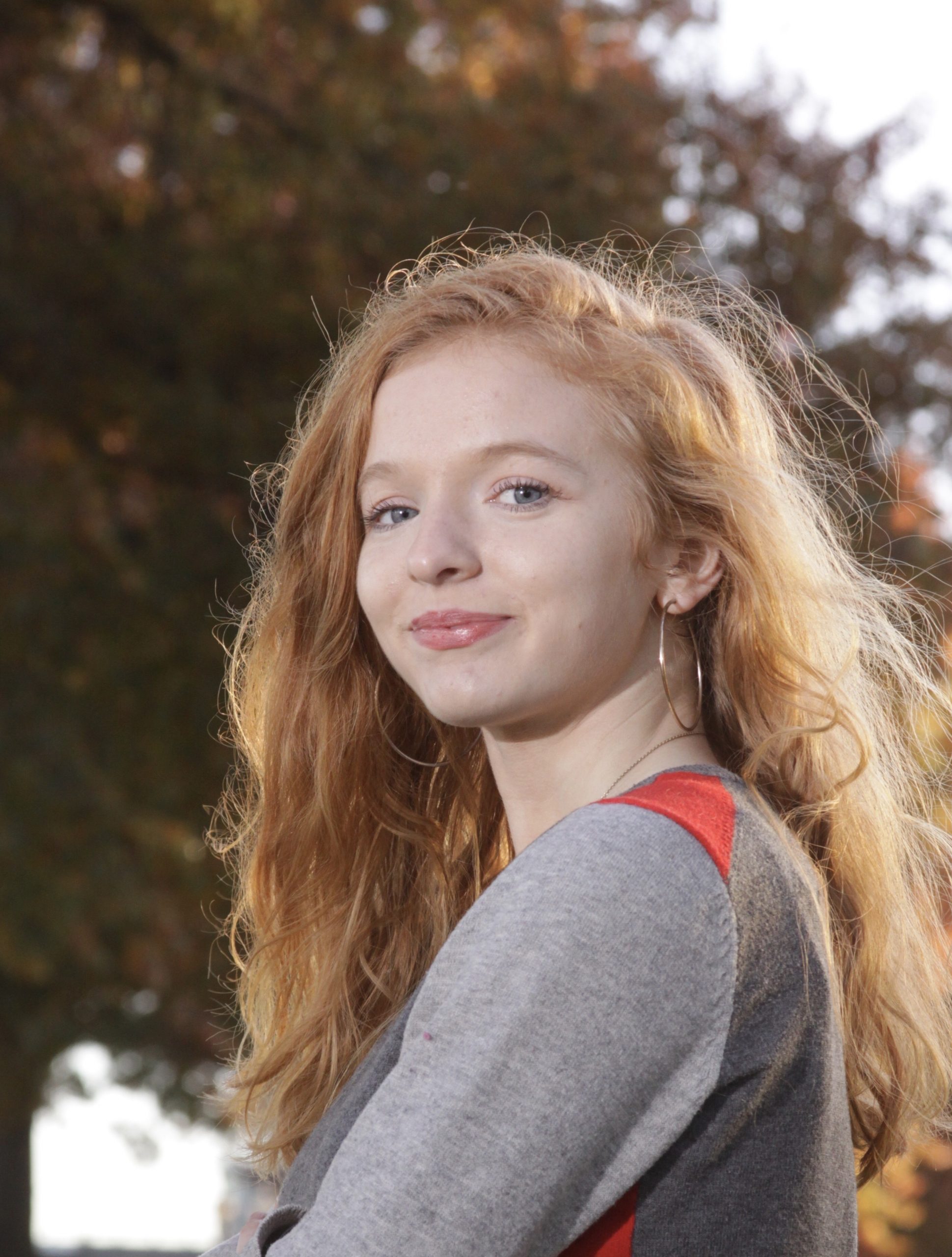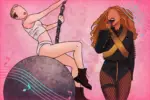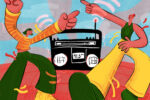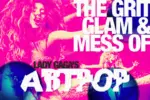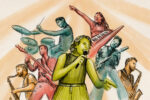Opposed to mainstream trends, built with a social and sometimes political edge, “avant-garde” artists have been around as long as music has been alive. Miles Davis. John Coltrane. The Beatles. Prince. Frank Zappa. However, all of these artists can now be categorized into their own genres of jazz, rock, pop and experimental. Perhaps avant-garde is a term applied to the newest-sounding music at the time, before it becomes fully defined.
But what about the artists who don’t necessarily fall into rap, contemporary R&B or pop — currently the most “mainstream” genres? Frank Ocean, SZA and H.E.R. are top artists that have all been named avant-garde. Clearly, there is a trend in being individualistic, but these three artists are not necessarily creating new sounds; rather, they’re combining the influence of neo-soul, jazz, fusion, rap, hip-hop and pop. Some lean more toward a certain genre than others, but each song maintains an enigmatic quality and ends up being placed in several categories.
“Avant-garde” could become the new title of this category that is interdisciplinary, freeing the boundaries of what these genres mean.
Frank Ocean
Inspired by artists like Stevie Wonder, Pharrell Williams, Marvin Gaye and Prince, Frank Ocean creates a sound full of nostalgic colors — blue, orange and pink — symbolizing soft but sometimes edgy songs. Blurring is central to Ocean’s iconic albums; there’s the blurring of musical forms, most notably contemporary urban with ‘80s rock guitar and classic psychedelia, and the fusion of old-school and cutting-edge technology. Ocean is also known for jamming together several stories within one song, most notably on the “Channel Orange” centerpiece, “Pyramids.”
Like Drake and D’Angelo, Ocean is effortless in his fusion of rap and R&B despite his experimental edge. For instance, in “Channel Orange,” modern synth and drum machine tones are run through analog equipment and then given a sly yet warm and full sound mix. “Blonde” uses a new type of audio program called the Prismizer, which treats the voice somewhat like a vocoder and adds harmonies across the audio spectrum like a prism disperses light.
The second track of the 2016 album, “Blonde,” begins with the briefest of palpitating guitar melodies before his voice croons, “I thought that I was dreaming when you said you love me.” The song, titled “Ivy,” is constructed around two contrasting guitar figures, an arrangement that is beatless and free-flowing. The lyric is about memory — of a first love affair, a long-standing friendship, now gone — related in a voice that is, at times, sped up to sound younger to fit the theme.
“That was my version of collage or bricolage,” Ocean told The New York Times reporter Jon Caramanica. “How we experience memory sometimes, it’s not linear. We’re not telling the stories to ourselves, we know the story, we’re just seeing it in flashes overlaid.”
SZA
While SZA’s style follows a more dominant R&B feel, she approaches the instrumentation with an attitude of a hip-hop icon, using trap-like beats and a pulsing bass. Even so, she layers her lyrics with the emotion of a soul singer. What’s thrilling for the resurgence of R&B is that SZA is reshaping the genre to include a more modern, broad sound that retains the roots of singer-songwriter storytelling, pushing her into the avant-garde category. At the heart of her sound is vulnerability, which can be heard in her 2017 album, “CTRL,” which explores the experience of growing pains, articulated through lyrics that embrace confidence.
“Ain’t got nothin’, runnin’ from love / Only know fear / That’s me, Ms. 20 Something,” SZA sings in “20 Something,” a reflection on the loneliness and doubt that can come with adulthood. In “Drew Barrymore,” she yearns for love while grappling with the fallout from a relationship that has ended, singing, “I get so lonely, I forget what I’m worth / We get so lonely, we pretend that this works.”
Creating intimate narratives on the complexities of self-identity, SZA sings of her insecurities, uncertainties and regrets, even as she embraces who she is. “She talks about her relationship in a way that’s unfiltered…with a voice that feels like you and your friend are having this kind of conversation where you’re not holding back,” says Kier Lehman, a music supervisor behind the HBO series “Insecure,” which has featured SZA’s “Supermodel” and “Love Galore” as well as an original track, “Quicksand.”
More than the combination of neo-soul, hip-hop and R&B is the connection of a reminiscing sound — one that is strengthened by its longing for an improved self that outlines the avant-garde genre.
H.E.R.
In line with the theme of a sound that approaches loneliness, nostalgia and the ache for a better future, H.E.R. is no different in mixing her R&B roots with hip-hop, neo-soul and jazz fusion. Most of her songs put listeners into a feeling without giving away the terms of the situation, allowing the audience to apply their own circumstances to the emotions.
The nonlinear approach encourages multiple meanings that reinforce her skill as a songwriter. Everything flows into everything else within an expansive world, yet it all fits together — transitioning gracefully from a hip-hop edge to a gut-wrenching belt similar to Aretha Franklin or a tone inspired by Ella Fitzgerald. H.E.R. has the ability to play five instruments, but guitar is her go-to. She says most of her funky guitar solos stem from her obsession with Prince, and she shares a strong musical identity with Lauryn Hill.
The first track on “I Used to Know Her” is strongly influenced by Hill’s “Lost Ones,” but she reworks it. “You’re confusing self-conscious with self-confidence,” she raps, breaking into a line from “Lost Souls.” “Are these things that you feel you really want for yourself? Or is it just because you want to please people, or look a certain way, or be perceived a certain way?”
Like an experimental filmmaker who uses character and situation seen from different points of view, H.E.R. puts together sounds with a cinematic eye. The sudden switches in musical forms are purposeful in order to fragment conventional narratives to tell the best story. Through pure emotion, she hooks listeners into a clash of genres that puts her on top as one of the best avant-garde artists. She’s rooted in R&B, but innovative in modern sound.
Redefining Genre
As 2020 nears its end and a new decade begins, the concept of what a “music genre” is has evolved. While pop music has been the most mainstream genre for the past two decades, according to Spotify’s 2020 Wrapped Lists, the most globally streamed male artists were Bad Bunny, Drake, J. Balvin, Juice WRLD and The Weeknd — indicating that rap and contemporary R&B is the new mainstream.
On the other hand, the top female artists that were streamed globally include Billie Eilish, Taylor Swift, Ariana Grande, Dua Lipa and Halsey — all of whom have been avant-garde for not sticking to one exact genre. Eilish herself has been known to define her music as “not one genre, but simply ‘Billie Eilish.’”
Clearly, music listeners are eager for idiosyncratic sounds rooted in the classic influence of jazz, rap, hip-hop, pop and R&B, but also a sound that is unafraid to push past genre boundaries. “Avant-garde” may be the new genre category for the next decade, inspiring many more artists to do the same — opening up what it means to be defined as a multi-faceted artist.


